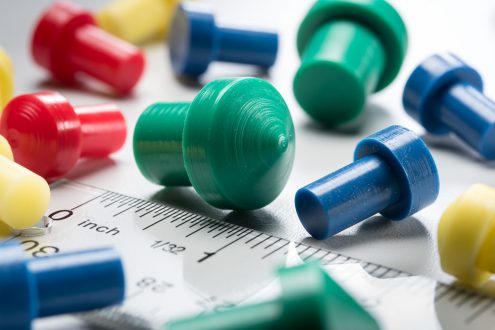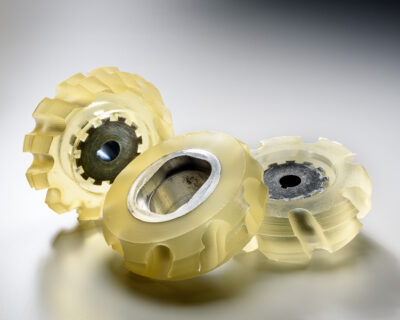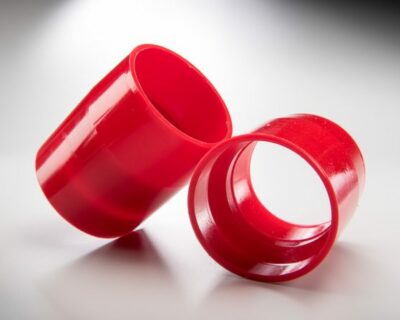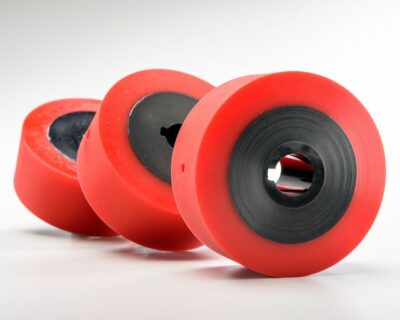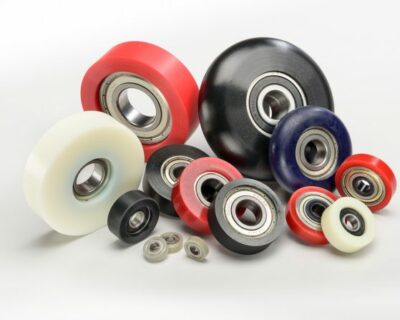The important role of dunnage in manufacturing
Used across many industries, including automotive and industrial, dunnage plays a key role in protecting parts. For example, manufacturers use dunnage to reduce damage to parts during transportation by rail, truck or ship. Or, they’ll use dunnage trays or pallets to transfer parts from receiving to manufacturing lines or work cells. Dunnage is also used in the form of jigs, fixtures or kitting to help automation robots precisely place parts during the manufacturing process.
Shipping
When transporting by ship, rail or truck, manufacturers will use dunnage to protect heavy-duty or fragile parts, such as engines and transmissions or windshields and body panels. The dunnage holds the part in place, absorbs vibration, and protects the part – thus significantly reducing breakage and damage while in transit.
Logistics
As parts arrive from suppliers, they’re transferred from receiving to the manufacturing line. Again, manufacturers use dunnage, such as trays or plastic pallets, to shield parts from damage during transfer.
Automation
Factory automation systems, with their huge gantry robotic arms, can harm a human. By using dunnage – or what’s referred to as fixtures, jigs, and kitting – manufacturers can ensure parts are precisely placed by the robot without having to put a human in danger.
Ok, so we’ve covered a few areas of where dunnage is used, but what exactly is dunnage? Good question!
Spongy, flexible or rigid: Urethane solves many dunnage challenges
Manufacturers turn to urethane for their dunnage needs because urethane resin can be blended to match the performance characteristics required of the dunnage.
For example, a rigid urethane material is ideal for dunnage requiring exceptional load bearing capacity and wear resistance, while another application requiring “give” needs a softer or more compressible urethane.
To meet these application needs — and often, to solve challenges that leave others scratching their heads — we work with customers to find solutions that save time and money and improve performance.
Some of these solutions involve developing custom formulations or incorporating additives that change the physical properties of the urethane – such as making it:
Dissipate static
Harder or softer
Spongy or rigid
Grippy
Grippy? Yes, grippy. That’s the beauty of urethane.
So there you have it – dunnage explained.




